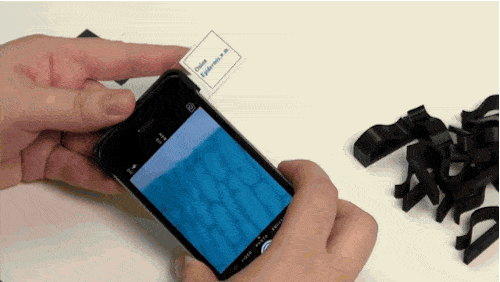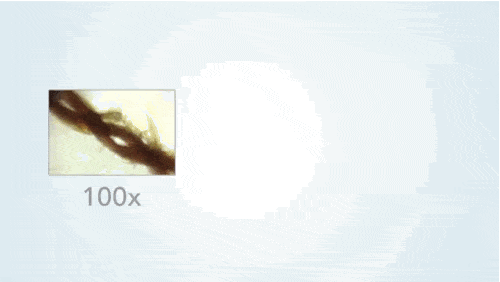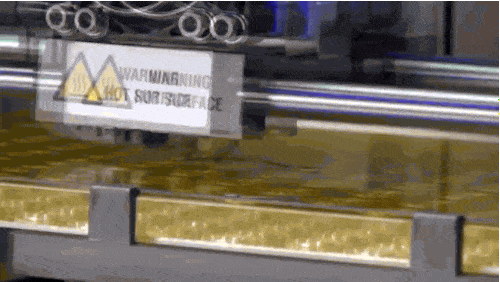Antonie van Leeuwenhoek, also referred to as the “father of microbiology”, was the first scientist to produce a truly functioning microscope, improving on earlier primitive designs. His efforts allowed him to observe for the first time a single celled organism, almost 300 years ago. Microscopes have gone a long way since, of course, but one thing for sure: after all this time, microscopes are still bulky and extremely difficult to use in the field. Physicists at the Pacific Northwest National Laboratory have set to change this. Using 3D printed materials and a simple glass bead, they’ve created a magnifying system that works with your smartphone’s or tablet’s built-in camera to magnify matter 100x, 350x or 1,000x. The whole system costs only 1$ to manufacture.
“We believe it can fill a need for professional first responders, and also for teachers and students in the classroom, health workers and anyone who just wants an inexpensive microscope readily available,” said Rebecca Erikson, an applied physicist at Pacific Northwest National Laboratory.
Of course, this isn’t the first time someone has tried to make a microscope for smartphones. This solution, however is elegant, cheap and available to anyone to make. You don’t have to buy it – just download the design which is up for free on the web and print the system at home or at a friend who owns a 3D printer. So, for less than one dollar worth of materials, you can print your very own microscope you can the use to study things like parasites in blood and water-contaminating microorganisms like protozoa (at 350x) or objects as small as tiny pathogens (at 1000x).
While citizen scientists can learn a lot by using the magnifying system, the PNNL scientists designed it for professionals working in the field in mind to enhance response time. A technician or specialist could take a quick snapshot of a sample, send it to the lab for expertise via email and get a response back while still being at the scene.
“An inexpensive, yet powerful microscope in the field could be used to quickly determine whether the material is a threat or a hoax,” Erikson said. “Combine the microscope with the picture sharing capability of a smartphone and now practically anyone can evaluate a sample at the source and have a trained microbiologist located in a lab elsewhere interpret the results within minutes.”












